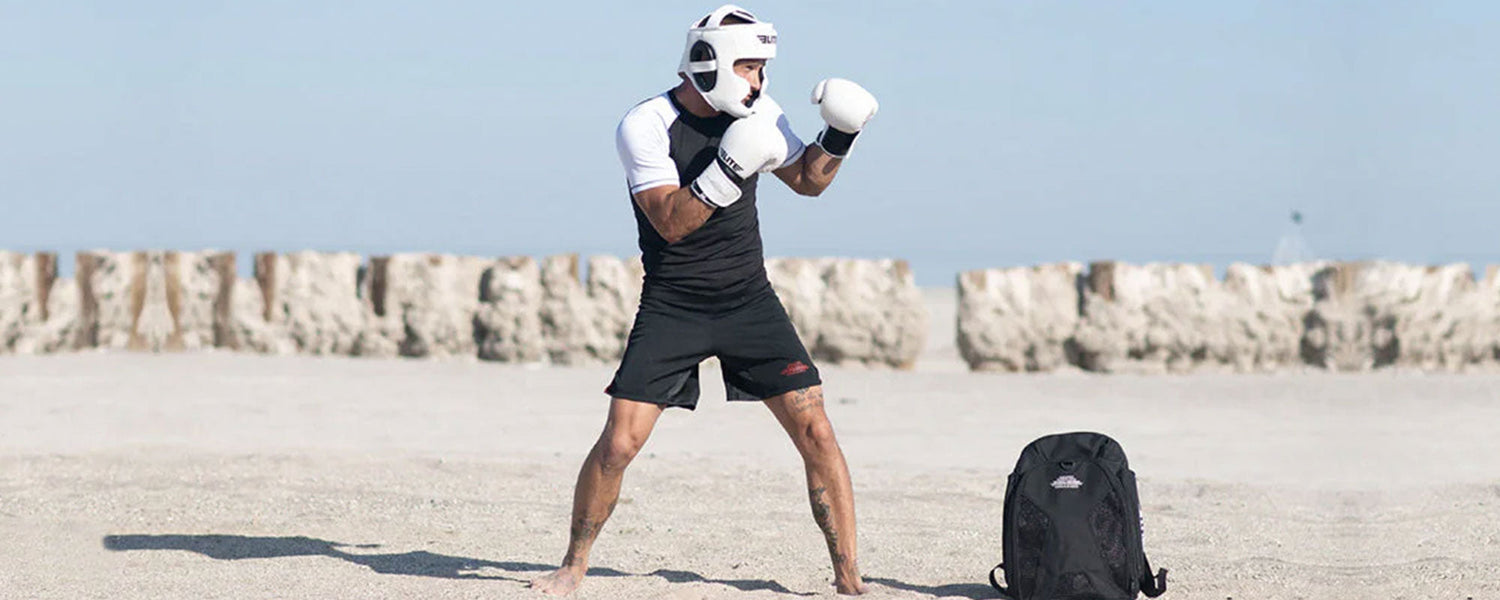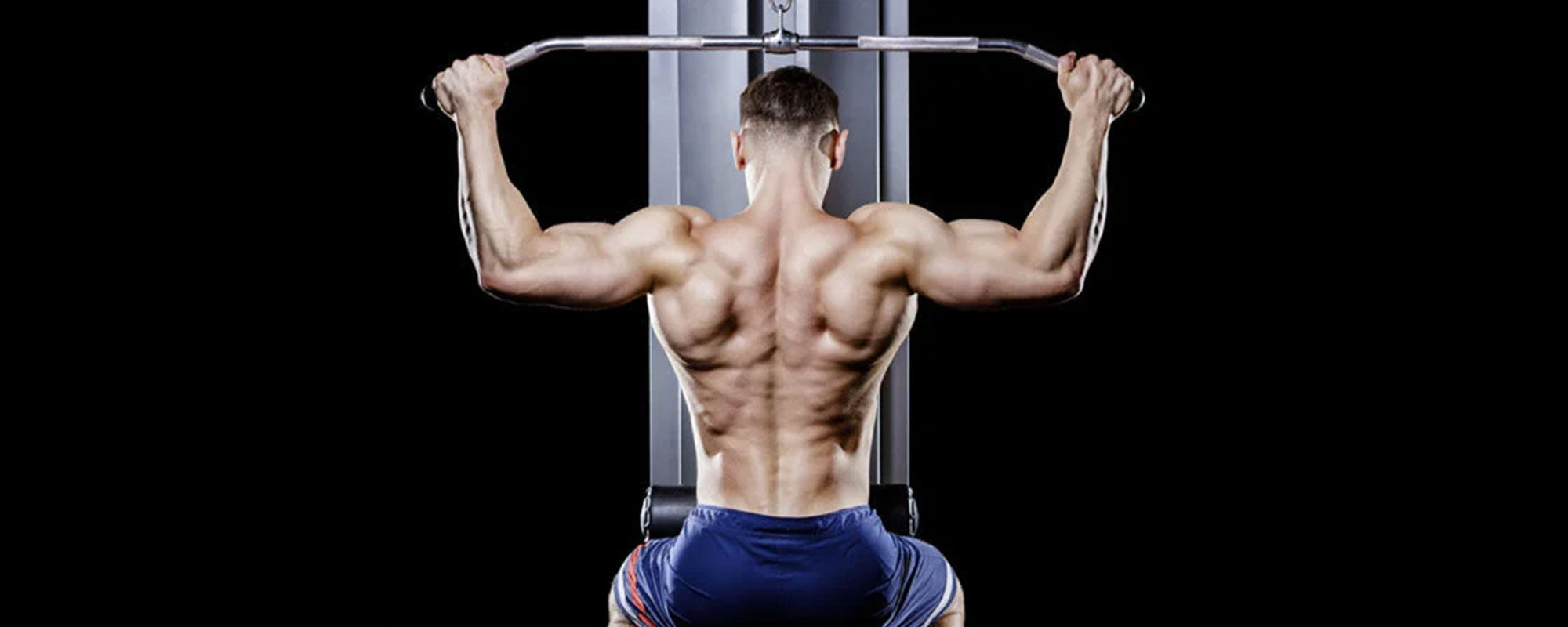Table of content
In boxing, the role of leg strength is significant in multiple ways. From throwing power punches to being quick with footwork, and avoiding counters, strong legs are essential for a boxer. If you lack leg strength, you will be unable to make effective hits during your fights and training.
Here you can learn why leg strength is important for being an outstanding boxer, along with tips and exercises that you can use to strengthen your legs.
1. Strengthen Their Legs?
As a sport, boxing requires individuals to be in excellent physical shape. Contrary to popular belief, most power is not generated from the upper body and arms. It also involves the whole body, particularly the legs.
To throw powerful blows and to be in the best physical shape, boxers strengthen their legs and large muscles with the help of different training workouts and drills. Boxers focus mainly on endurance building, speed, agility, and most importantly, explosiveness.
2. Do Strong Legs Help in a Fight?
There is an absolute yes. It is a well-known fact that boxing is not a ground game. It requires boxers to remain standing. Strong legs not only help in hitting your opponent’s hard but also maintain balance during the fight.
To understand the role of strong legs better, you can perform a punching blow on a heavy bag in both standing and sitting positions. You can feel the difference in the power of punches thrown in both positions.
You will find that in a standing position, you can throw more powerful punches than throwing punches in a sitting position. Building leg strength always helps in hitting opponents harder.
3. Do Boxers Need Strong Legs?
The offense and defense of a boxer rely on his base. Strong legs help them stay on their feet along with hitting the opponent hard. Here are four basic reasons that can help you know why boxers should have strong legs.
3.1. Footwork
Footwork is one of the keys to a boxer’s offense and defense. It gives you the ability to move around opponents in the ring fluidly. Effective movement of boxers across the ring depicts that they are highly skilled.
Footwork includes bobbing, sidestepping, pivoting, weaving, ducking, and moving at different angles. All of these movements require strong legs. As a result, boxers often place a greater emphasis on developing their leg strength than on developing other muscles.
3.2. Power Punching
Throwing power punches not just involves your arms and hands; it also involves the whole body, specifically your legs. If you are thinking of generating power with your arms only, you do not know the science behind power punching.
However, use the largest muscle in your body to exert maximum power in your punches. Legs contain large muscles like the calf and quadriceps that help you generate maximum power in the least time and transfer it to your arms and then fists to land on the target.
The majority of successful boxers give ample attention to developing their leg muscles. Strong legs not just improve punch power but also help in effective defense and offense.
3.3. Endurance
Endurance is one of the essential parts of the boxing sport. When talking about endurance, you cannot ignore the significance of leg strength. The ability to move from round one to the final whistle mainly relies on endurance and also determines the victory or defeat of a boxer.
A boxer with strong legs can easily last the entire bout while maintaining energy. As boxing is more of aerobic activity, boxers need to have strong body muscles, including their legs.
3.4. Balance
Balance is a significant part of all martial arts in general and in boxing particularly. Even in daily life, a lot of activities that we perform, balance plays a significant role in our movements. In boxing, balance is crucial to withstand blows and stay at your feet.
For good balance, core and leg strength are key components. If you want to be able to avoid punches and show no sign of being affected, gaining balance is the key.
4. Exercises to Strengthen Your Legs for Boxing
Are you looking for techniques and exercises for strengthening your legs? There are a great number of techniques and exercises that boxers use in this regard. However, here are some of the most efficient and easy to perform exercises that you can add to your boxing training schedule to increase leg strength and balance specifically.
4.1. Deadlifts
Deadlifts are a fundamental exercise that helps you strengthen your core, lower back, glutes, and hamstrings. There are different types of deadlifts, but for leg strengthening, the trap bar deadlift is well known. It holds a square, octagonal, or circle frame, holding handles and weights on both sides.
To execute deadlifts, you have to get inside the trap bar frame and:
- Spread your legs a little wider than shoulder length
- Squat down while keeping your back straight until your hands reach the handles comfortably
- Make a good grip on the handles
- Get up in an upright position, keeping your back straight and using power from legs instead of your lower or upper back
- Bring the trap bar down slowly in the same fashion you got up
- Repeat this exercise as many reps as you wish
The thing to keep in Mind
Though the trap bar is one of the safest types of deadlift, this exercise is not totally safe. You must ensure that when you perform this exercise, your trainer or spotter should be present to teach and observe how you perform it with minimal risks.
4.2. Squats
Are you looking for the simplest exercise for strengthening your legs and improving your core? Squats are the perfect exercise that you should be doing. They are part of most physical sports and are incredible when it comes to boxing.
How to Perform Squats
To perform squats effectively,
- Stand by keeping your feet hip-length apart. Keep your knees relaxed. Inhale and stretch your arms forward, along with contracting your abdominal muscles.
- Lower yourself into a squat position. Rest your weight on the balls of your feet while emphasizing moving backward instead of just lowering your body toward the ground.
- Hold your body for 3 seconds in this position, and then power up your body to be in a standing position and exhale.
- Repeat this exercise at least 10 times for 3 sets. When you feel improvement, you can increase the number of repetitions or sets according to your ease.
There are plenty of variations on this exercise. You can perform squat jumps or squats with weights to build leg muscles as well.
4.3. Jump Rope
Jumping rope is one of the most common exercises that almost all boxers do in their training sessions. Jumping rope is an outstanding tool for improving cardiovascular endurance if it is done in the same way as boxing rounds.
Though it takes some time to learn how to jump the rope properly, once you are able to do it properly, it will be a great tool for you to strengthen your legs.
How to Jump Rope?
Jumping rope is not as tricky an exercise as it seems. Here are some guidelines to perform it like a pro and get the best possible results.
- Grab the handles in both of your hands in such a way that the rope is behind you right at your heels. Then rotate your forearms and wrists gently to generate momentum and swing the rope over your head.
- When the rope swings up over your head, bend your knees a little. When you see the rope passing over your shins, jump by springing your toes. Take a slow start to master the timing necessary to skip the rope fluently.
Also Read: BEST BOXING WORKOUTS AT HOME
4.4. Plyometrics
For building leg muscles, the role of plyometric exercises is undeniable. In a plyo exercise, you exert maximum effort in short intervals. Box jumping is one of the best plyometric exercises for boxers that helps them strengthen their legs.
Here is how you can perform a box jumping exercise with maximum benefits.
- First of all, position your plyometric box securely on the ground. The height of this box should be between 0.3 and 0.4 meters at the start, but you can increase the height when you improve.
- Be in an athletic stance and stand about an arm’s length away from the box. Also, lower yourself into a quarter squat position.
- Using your ankle, legs, and knee muscles, explode upwards from the ground and land gently on the top of the plyo box. Also, ensure that your leg muscles are acting as shock absorbers. Keep your knees bent while landing on the box.
- Drop down from the box to be in the starting position.
- You can repeat this exercise 6 to 8 times for 3 sets.
5. Takeaway
Understanding the need for strong legs and using the described exercises can help you be a strong fighter. Boxing is a sport of stamina, balance, footwork, and agility, and all of these things rely on your leg strength. For throwing power punches and even for the defense aspect, building strong leg muscles to being on top of the game.


Leave a comment
This site is protected by hCaptcha and the hCaptcha Privacy Policy and Terms of Service apply.